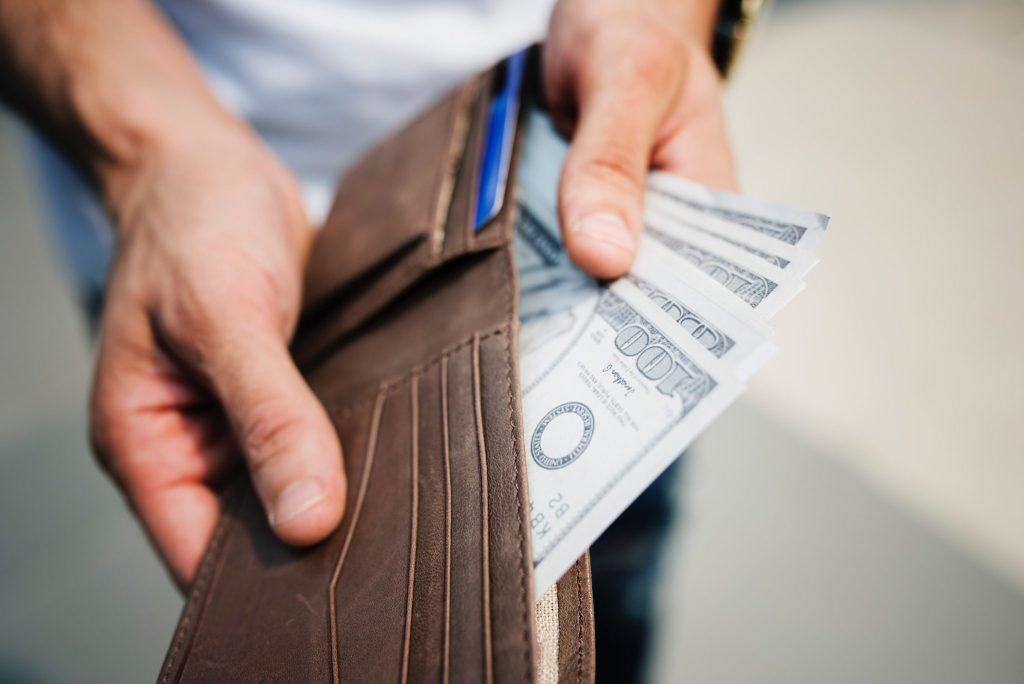I made a profit but where did the cash go? This is the surprised reaction when you make a profit but have no cash to show for it.
You pay bills with cash and not profit. So, whilst you’ve made a profit, you may not pay your bills on time and your business struggles.
Why profit but no cash?
You could make a profit but not have enough cash because you:
- Bought and sold goods on credit
- Purchased assets
- Paid creditors
- Took money for personal use
The problem is because of the above-mentioned factors, but the cause is the accounting rules for classifying and recording transactions.
Accounting rules
Profit differs from cash because of the accounting rules for classifying and recording transactions.
Two accounting rules are important to note:
- Accrual accounting–you record transactions when they occur, not when you receive or pay cash.
- Classification and recording of the five financial transactions:
- Assets–the resources owned by the business such as machinery, cash and debtors
- Liabilities–amounts owed by the business to creditors
- Equity–the amount that the owner of the business invests in the business
- Revenue–the income from the sale of goods or services of the business
- Expenses–the cost of resources used to generate income. If the company sells goods, the cost of the goods sold is an expense
The Balance Sheet shows an asset, liability and equity transactions of the business. The Income Statement presents the revenue, expenses and profit or loss of the business. Profit or loss is the difference between revenue and expenses.
The effect of accrual accounting
Accrual accounting states that you must record transactions when they occur, not when you receive or pay cash. If you sell goods on credit, you will record a sale even if you have not received cash. And if you purchased goods on credit, you record a purchase even if you haven’t paid for the goods yet. This rule creates a difference between the cash effect of a transaction and profit when a company carries out a credit transaction.
To illustrate, let’s consider some examples.
Example 1: Kofi begins the day with GHC 500. He buys GHC 500 of goods for cash and sells them for GHC 1000 on credit. When the day ends, Kofi would have made a profit of GHC 500 from selling goods costing GHC 500 for GHC 1000. He would have debtors of GHC 1000, but would have no cash.
Example 2: Ama buys goods for GHC 500 and sells them for cash for GHC 1000. She made a profit of GHC 500 for the day and has GHC 1000 in cash. Cash increased by GHC 500. This is the profit made from the day’s transactions.
Ama has the same transaction as Kofi but a different outcome on cash because of the terms of trade.
Classification and recording of transactions
Another reason you might make a profit but not have cash is how you use cash. When you buy assets, pay off creditors, or make drawings in cash, these transactions affect the Balance Sheet. They do not affect income or expenses so they do not show on the income statement. The effect of this expenditure can cause a situation where the company has made a profit but has less or no cash.
Example 3: Abena has only one asset, GHC 500, at the start of the day. She buys goods of GHC 500 for cash and sells them for GHC 1000 in cash. That day Abena also buys a computer for GHC 1000 in cash.
As the end of day, Abena made a profit of GHC 500, has an asset, a computer, worth GHC 1000 but has no cash.
That you can make a profit and be broke, should not come as a surprise. You may make a profit and be broke because you buy and sells goods on credit or because you buy assets, pay creditors and draw cash for personal use.
Take away
The income statement (profit and loss) does not track cash. It is the wrong place to look to manage cash. In a follow-up article, we will discuss how you can improve the cash flow of your business.
Contact us
To discuss how SCG can assist you with better accounting and cash flow management, contact us at: in**@sc*.gh.

